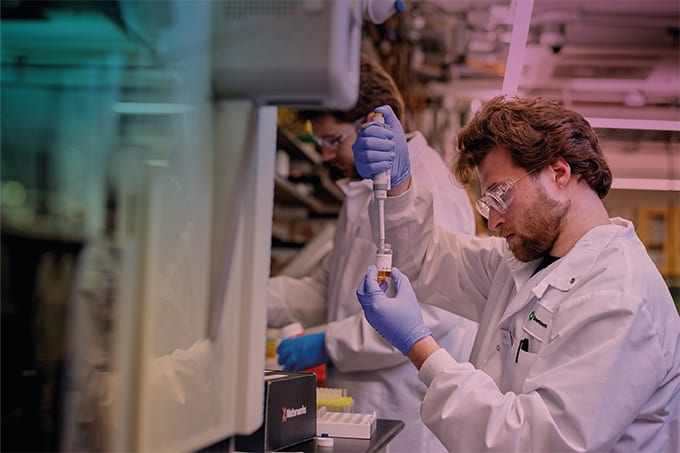Naturally occurring polysaccharides are used to enhance the texture, taste, stability and consumer appeal of food. Gel permeation/size exclusion chromatography (GPC/SEC) measures the molecular weight/molecular weight distribution and structure of these polymers, parameters which define performance. In this article, Stephen Ball, Product Marketing Manager for Malvern Instruments looks at how the sensitivity delivered by state-of-the-art SEC/GPC systems supports the secure evaluation of different additive grades in food formulation.
Key Points:
- Naturally occurring polysaccharides such as starch, xanthan gum, gum Arabic, and hyaluronic acid are used as additives to improve the texture, taste, stability and consumer appeal of food
- Gel Permeation/Size Exclusion Chromatography (GPC/SEC) is a critical analytical technique for these additives, used to measure molecular weight, molecular weight distribution, molecular size and structure
- Modern GPC/SEC systems offer a range of features that enhance the sensitivity and accuracy of the technique. These features help food formulators to make an optimal choice of additive
Malvern provides the materials and biophysical characterization technology and expertise that enables scientists and engineers to investigate, understand and control the properties of dispersed systems. These systems range from proteins and polymers in solution, particle and nanoparticle suspensions and emulsions, through to sprays and aerosols, industrial bulk powders and high concentration slurries. Used at all stages of research, development and manufacturing, Malvern’s instruments provide critical information that helps accelerate research and product development, enhance and maintain product quality and optimize process efficiency. Our products reflect Malvern’s drive to exploit the latest technological innovations. They are used by both industry and academia, in sectors ranging from pharmaceuticals and biopharmaceuticals to bulk chemicals, cement, plastics and polymers, energy and the environment. Malvern systems are used to measure particle size, particle shape, zeta potential, protein charge, molecular weight, mass, size and conformation, rheological properties and for chemical identification, advancing the understanding of dispersed systems across many different industries and applications. www.malvern.com Material relationships http://www.malvern.com/en/ portal@malvern.com






